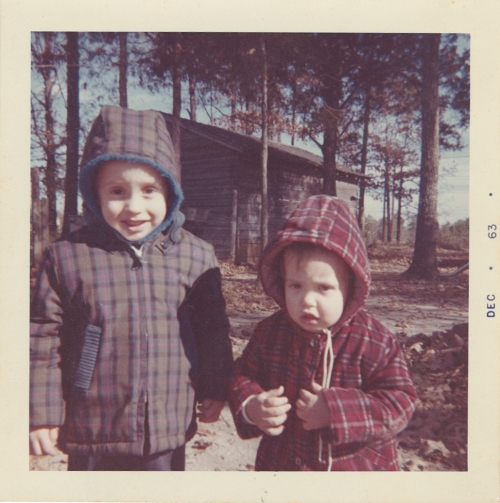Rethinking Accountability For Education, Post-Pandemic.
It made sense for states to cancel the big end-of-year standardized reading and math test even before it became obvious that many students will never be back to school this spring to take the tests. In this extraordinary year, the tests were never going to supply valid data that could be compared to other years.
Now that this year looks to be a “short” year for students, the same argument should be made for next year’s test as well. If (please, God) students go back to school next fall, most will be starting out with less preparation than any class in recent memory. Not only will they have been shorted academic content, but primary students who haven’t been in a classroom in over half a year will not easily slip back into a school routine in just a day or two. In other words, next year will also be a short year. The Big Standardized Tests would once again be a waste of time, time that could be better spent on instruction.
Now that this year looks to be a “short” year for students, the same argument should be made for next year’s test as well. If (please, God) students go back to school next fall, most will be starting out with less preparation than any class in recent memory. Not only will they have been shorted academic content, but primary students who haven’t been in a classroom in over half a year will not easily slip back into a school routine in just a day or two. In other words, next year will also be a short year. The Big Standardized Tests would once again be a waste of time, time that could be better spent on instruction.
But for the past 20 years, the Big Standardized Test has been the center of accountability for school districts, individual schools, and classroom teachers. With the test on hold, this is the perfect time to revisit accountability tools for education.
Some folks have tried to suggest that the COVID-19 pandemic underlines the importance of testing and therefor underlines the importance of our old high stakes testing system. In fact, it does the opposite. COVID-19 testing is a simple binary; do you have the virus or not? But it is absurd to suggest that a single standardized math and CONTINUE READING: CURMUDGUCATION: Rethinking Accountability For Education, Post-Pandemic.
Some folks have tried to suggest that the COVID-19 pandemic underlines the importance of testing and therefor underlines the importance of our old high stakes testing system. In fact, it does the opposite. COVID-19 testing is a simple binary; do you have the virus or not? But it is absurd to suggest that a single standardized math and CONTINUE READING: CURMUDGUCATION: Rethinking Accountability For Education, Post-Pandemic.























